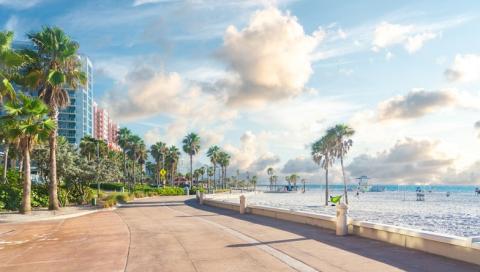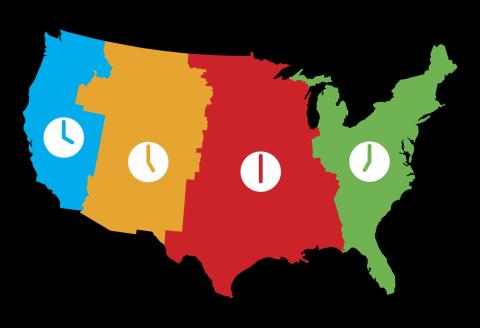Currency Quiz
Whose portrait appears on the two-dollar bill?
- Franklin appears on the hundred-dollar bill, and Hamilton is featured on the ten-dollar bill.
Every day, the Bureau of Engraving and Printing produces 38 million paper bills with a face value of about $541 million. Why?
- About 95 percent of the money printed by the Bureau is made to replace worn-out currency.
How are the images on U.S. paper money created today?
- The thousands of tiny lines and dots that make up pictures on U.S. currency are still engraved by hand. At this point, computers cannot create images that are as subtle or as difficult to counterfeit.
About what percentage of bills printed every year are one-dollar bills?
- More dollar bills are printed than any other kind, mostly because these much-used bills wear out in an average of 18 months.
What is the largest bill currently in circulation?
- Bills representing the amounts of $500 and $10,000 have not been printed since 1945. They were officially discontinued in 1969.
What is U.S. paper money made of?
- The currency also has some colored synthetic fibers woven throughout. Before World War I these special red and blue threads were made from silk.
What is the largest bill ever printed?
- The $100,000 note was printed from December 18, 1934, to January 9, 1935. It was used only for transactions between Federal Reserve banks.
In 1929, the size of U.S. paper money was
- The old bills measured about 3.1 x 7.4 inches; the new ones measure about 2.6 x 6.1 inches. At the same time paper money was reduced to the size used today, the familiar images on the front and back of the bills were also chosen.
When did the U.S. Treasury first print paper money?
- The Treasury first printed paper money—in denominations of 1, 5, 25, and 50 cents—at the height of a severe coin shortage. Before this time hundreds of state banks had printed their own varieties of paper money, which was widely counterfeited.
What make of car is pictured on the back of the old ten-dollar bill?
- Contrary to popular belief, these cars are not Ford models. The artist drew imaginary cars that included features common to automobiles of the time.





